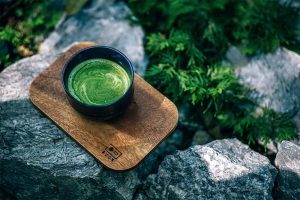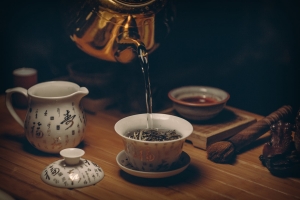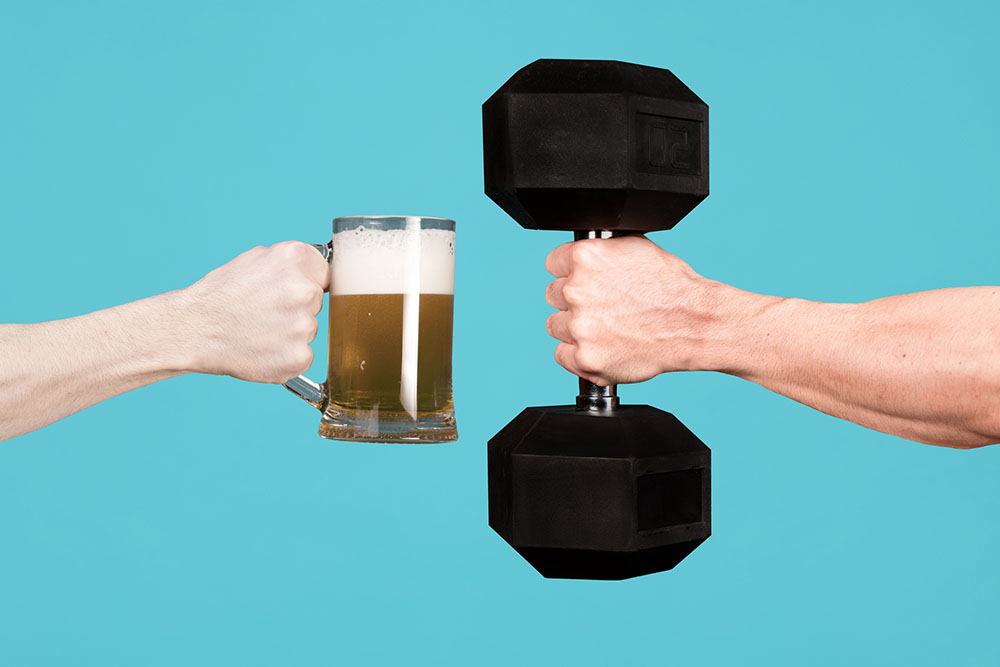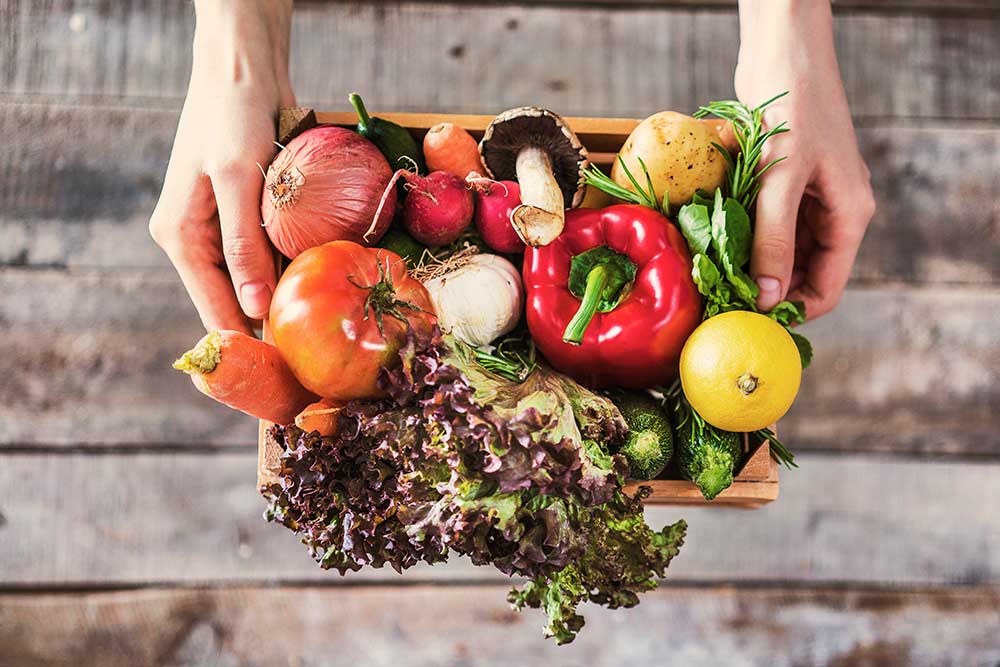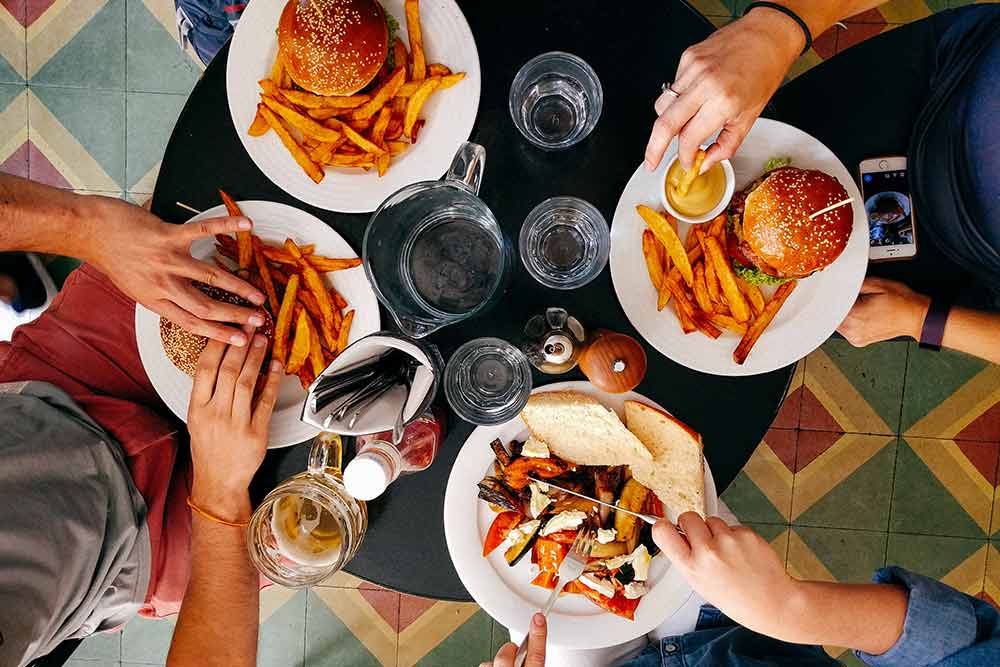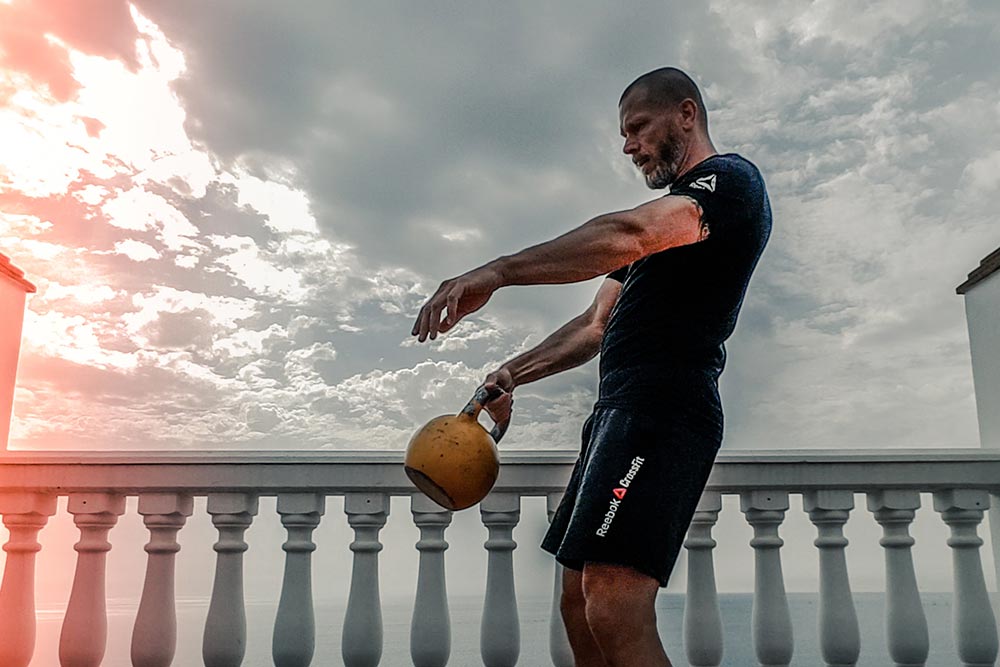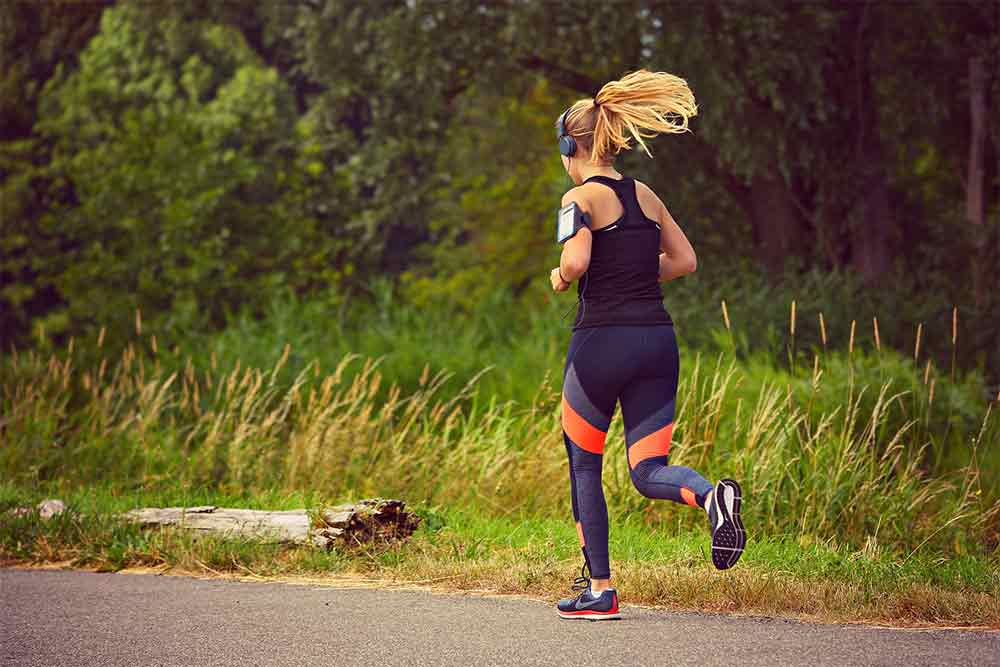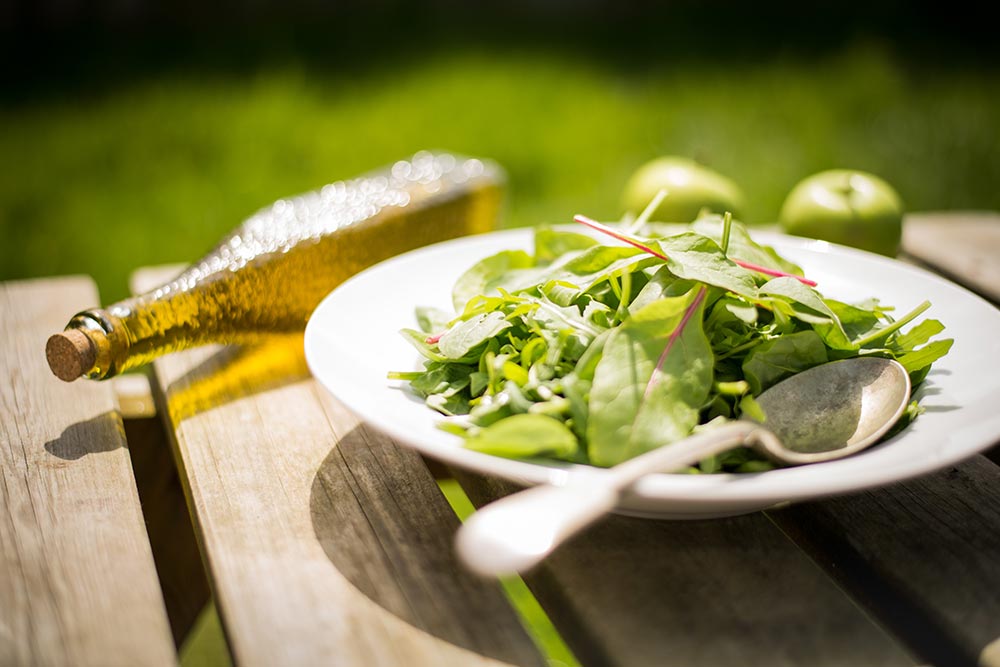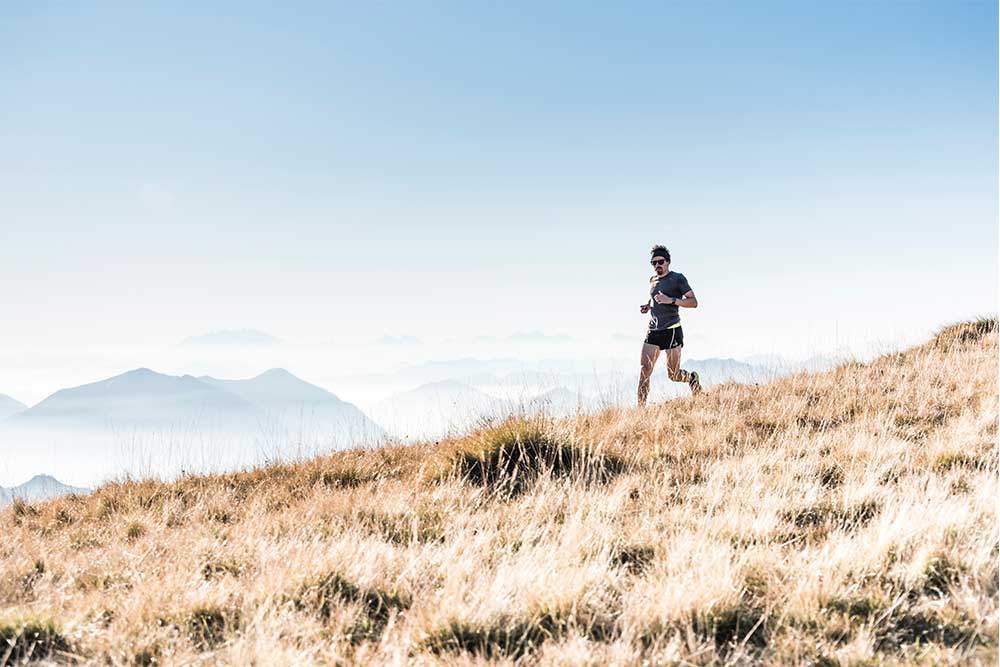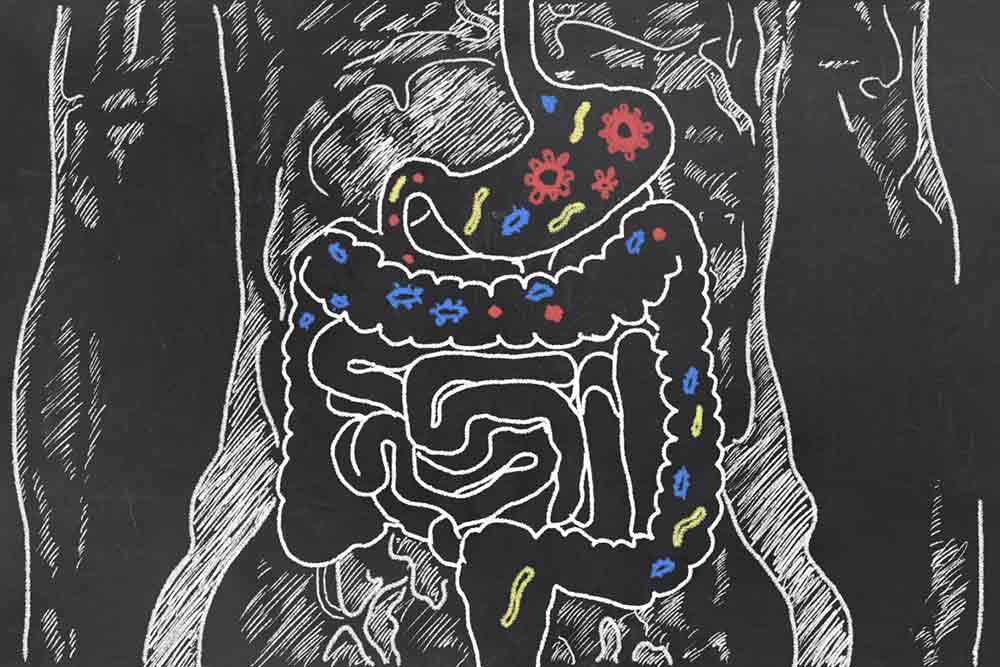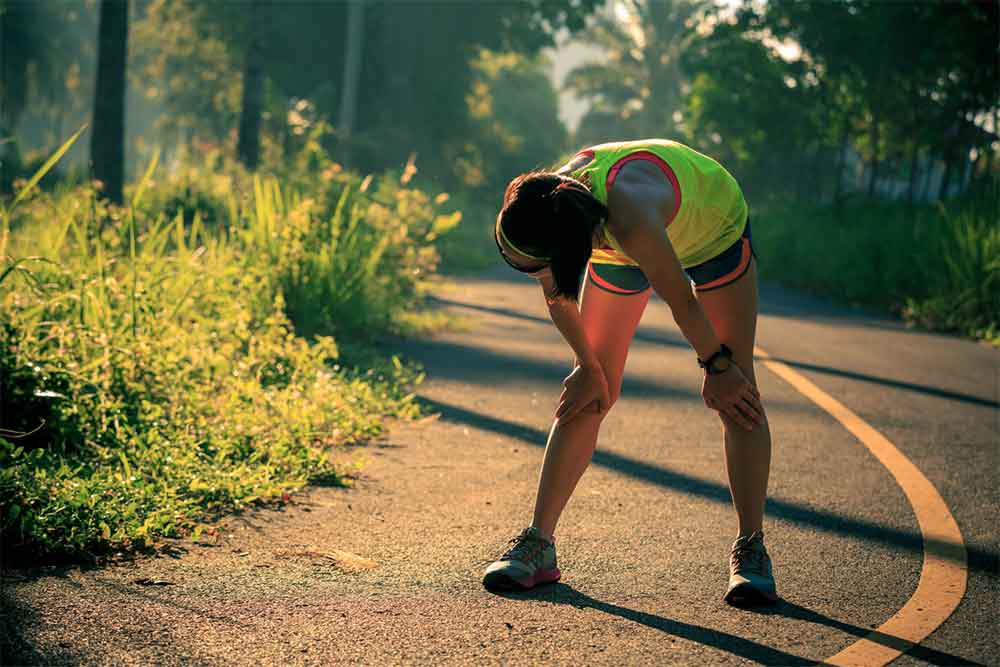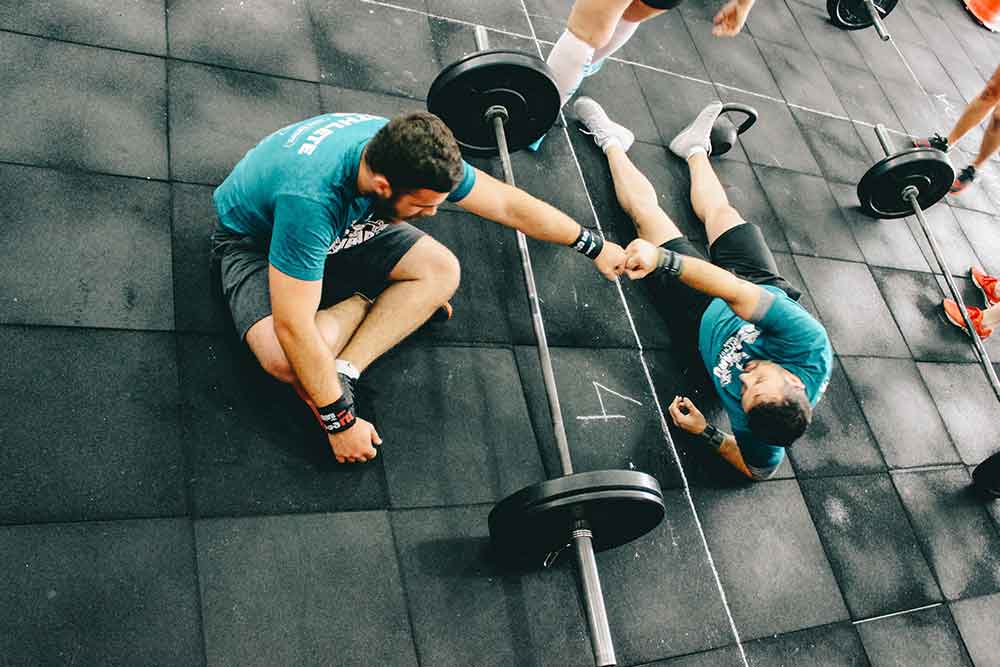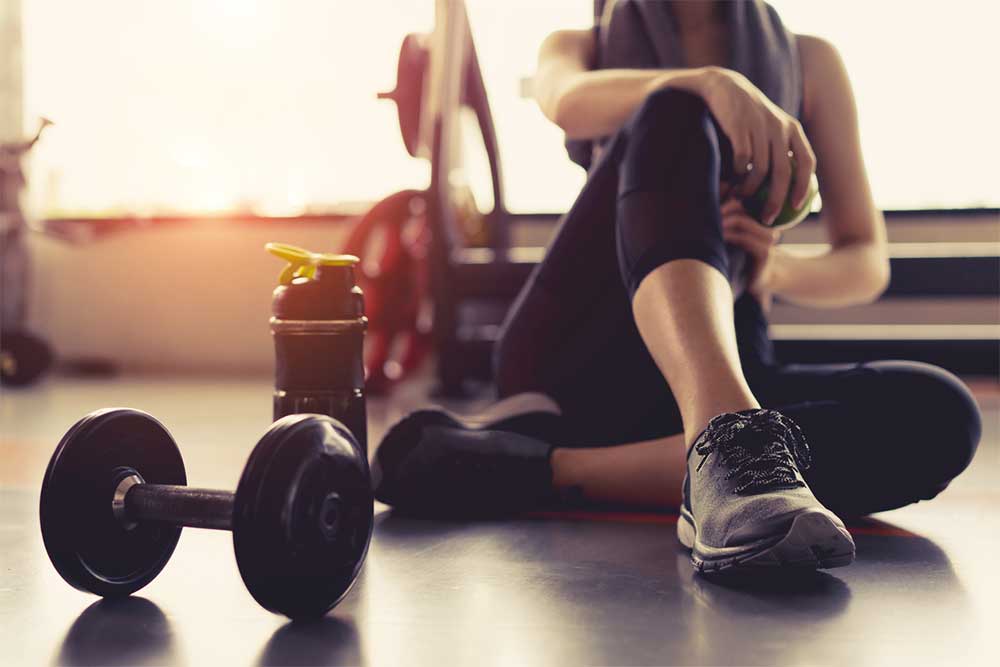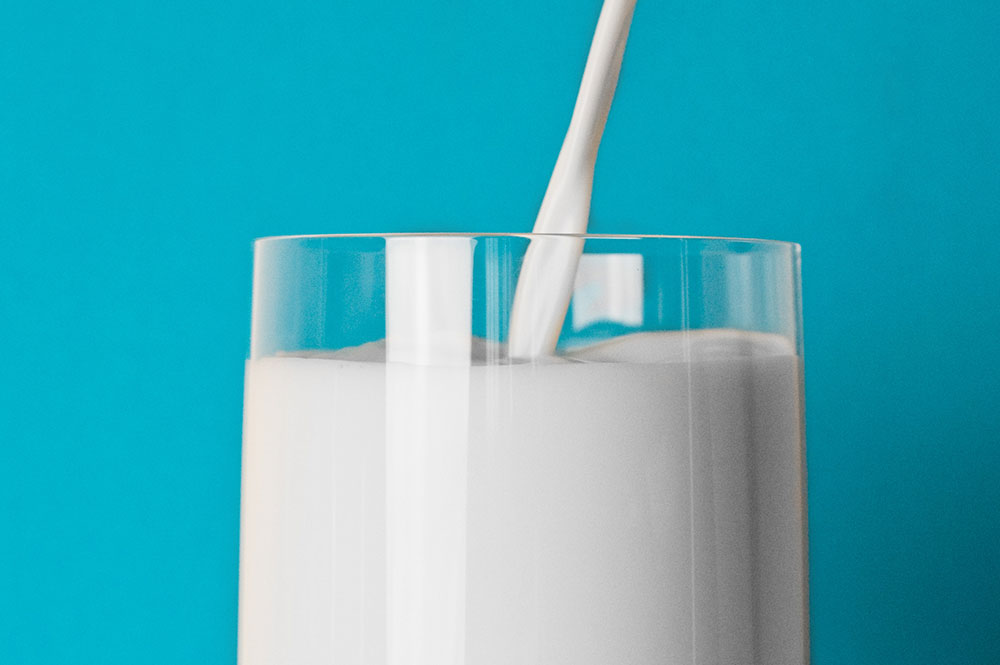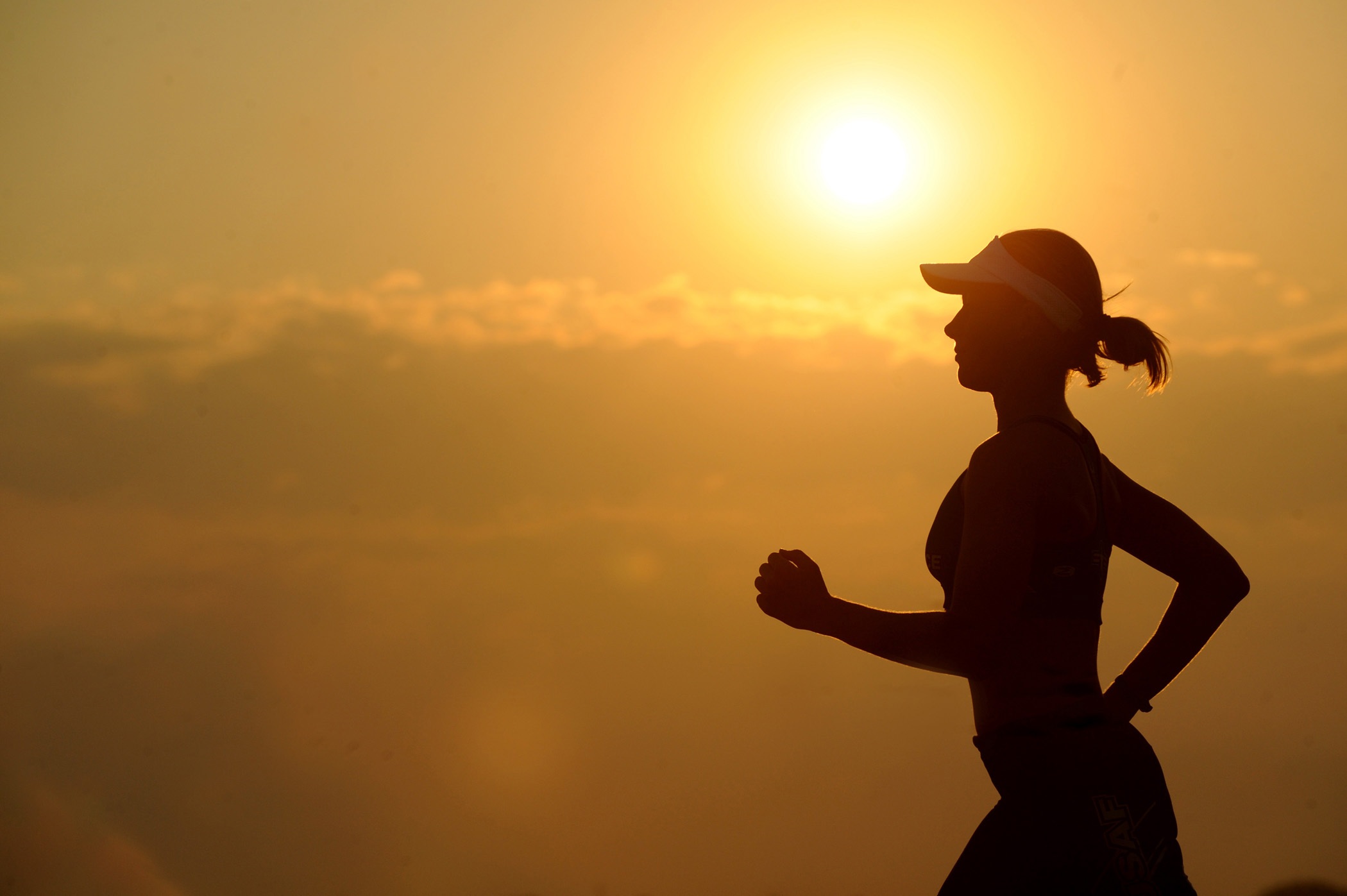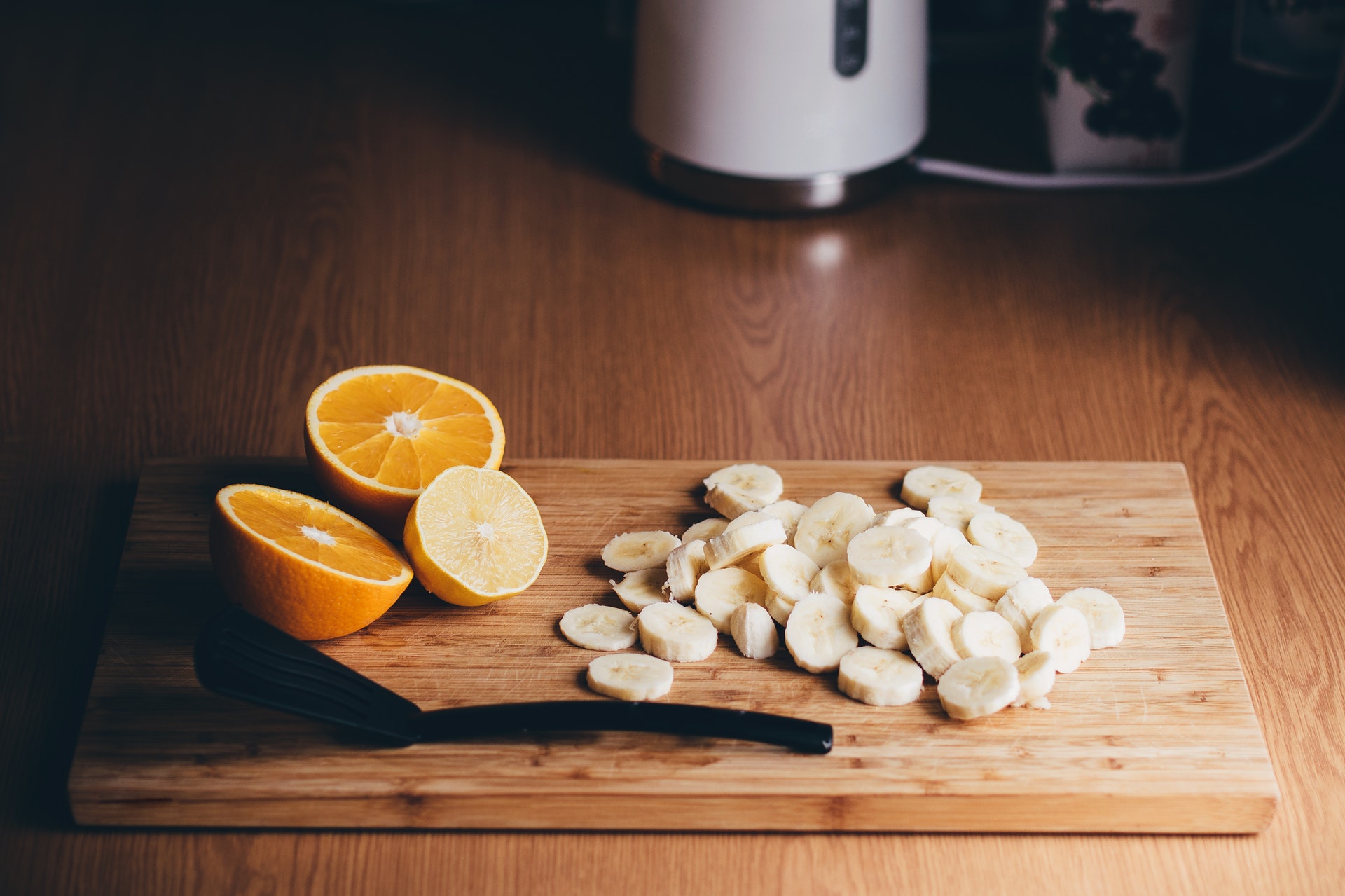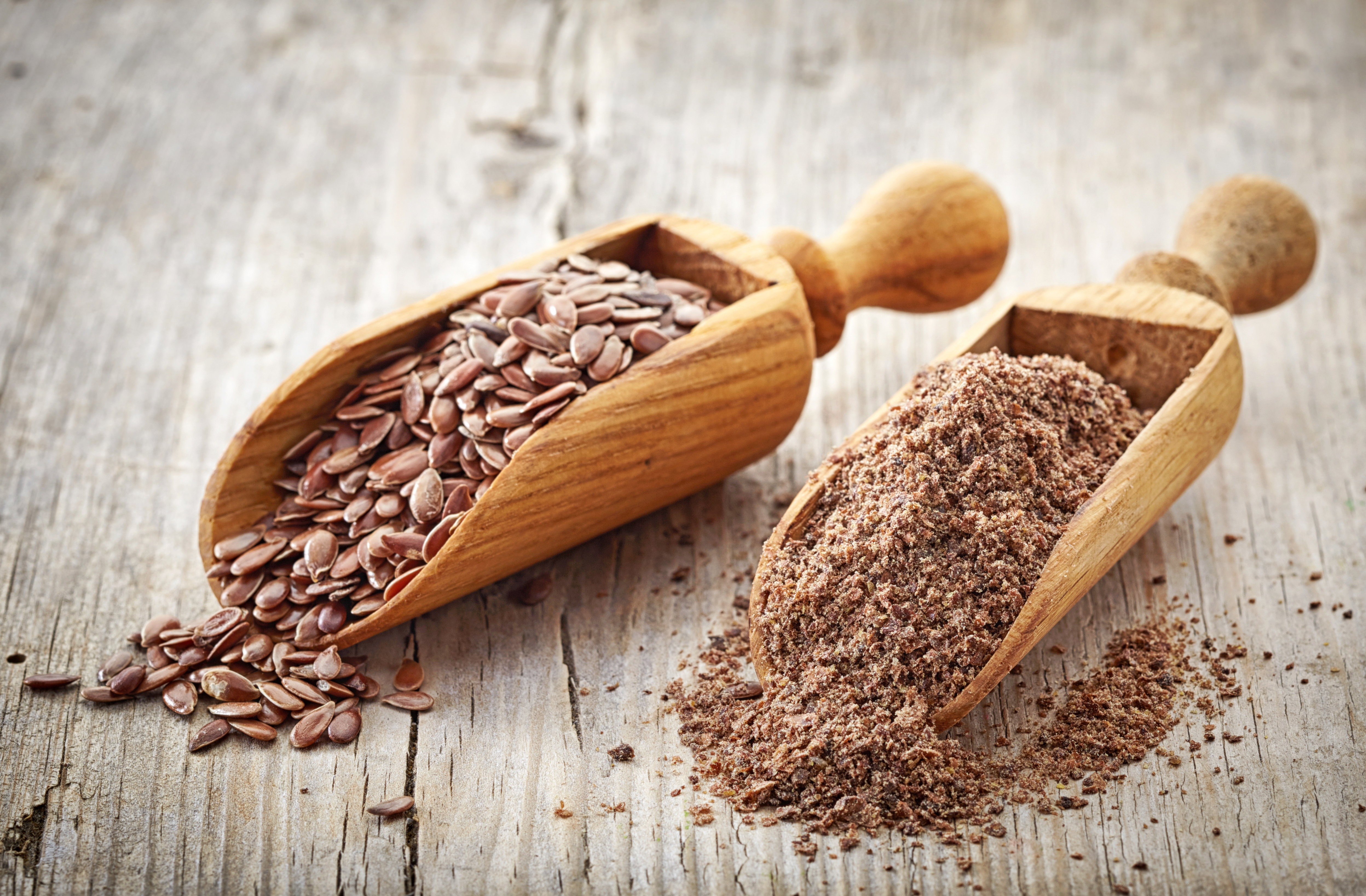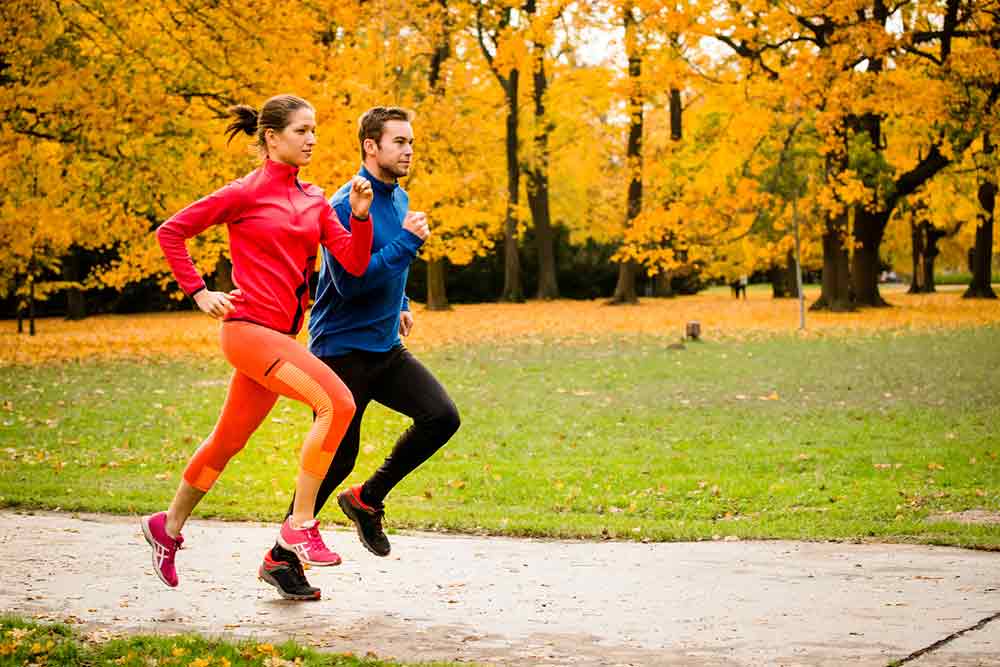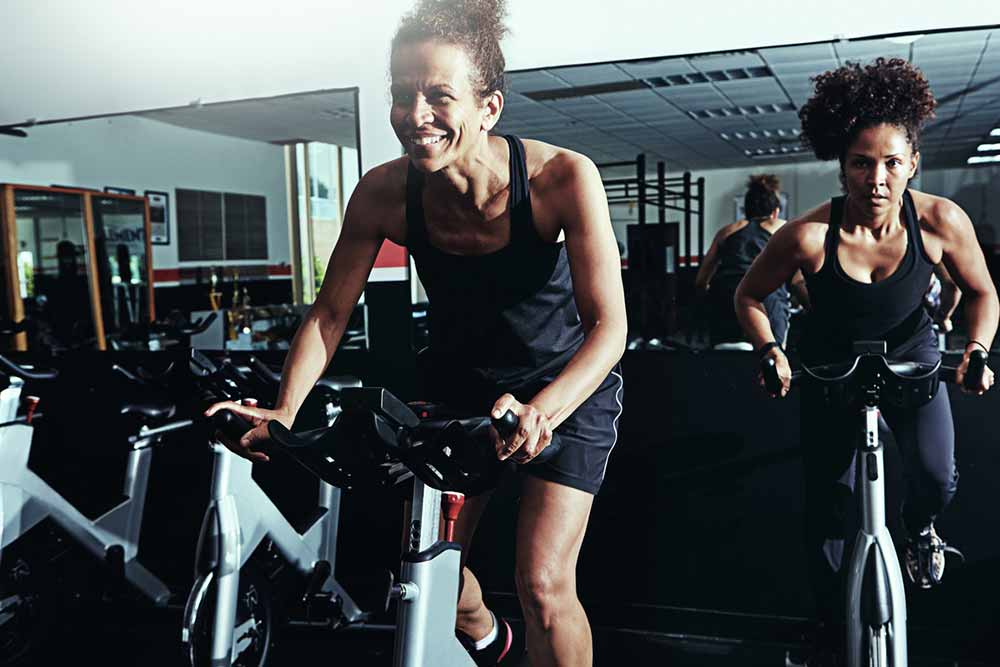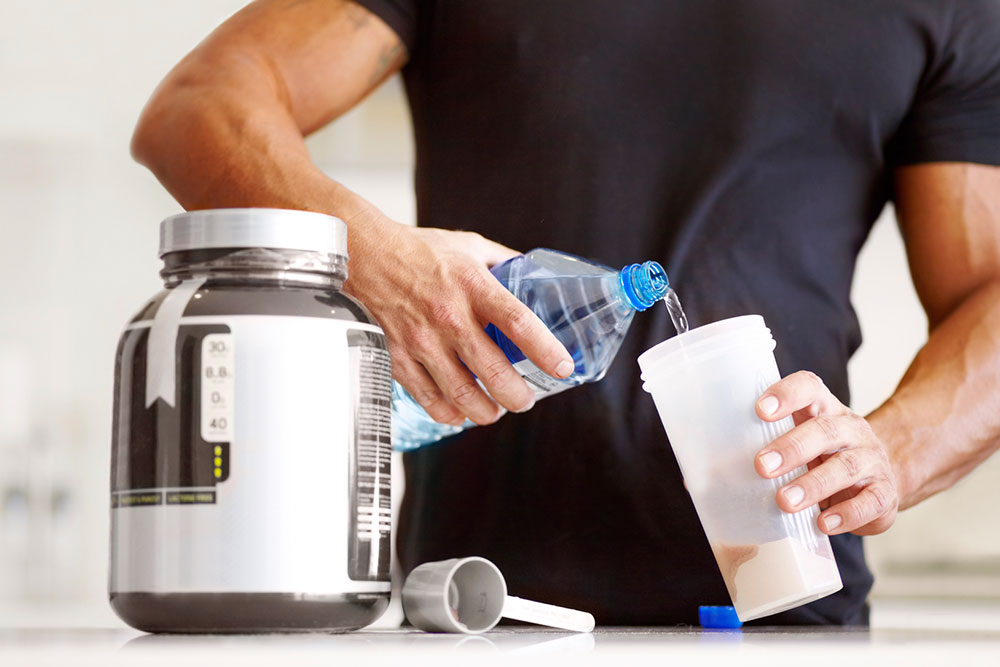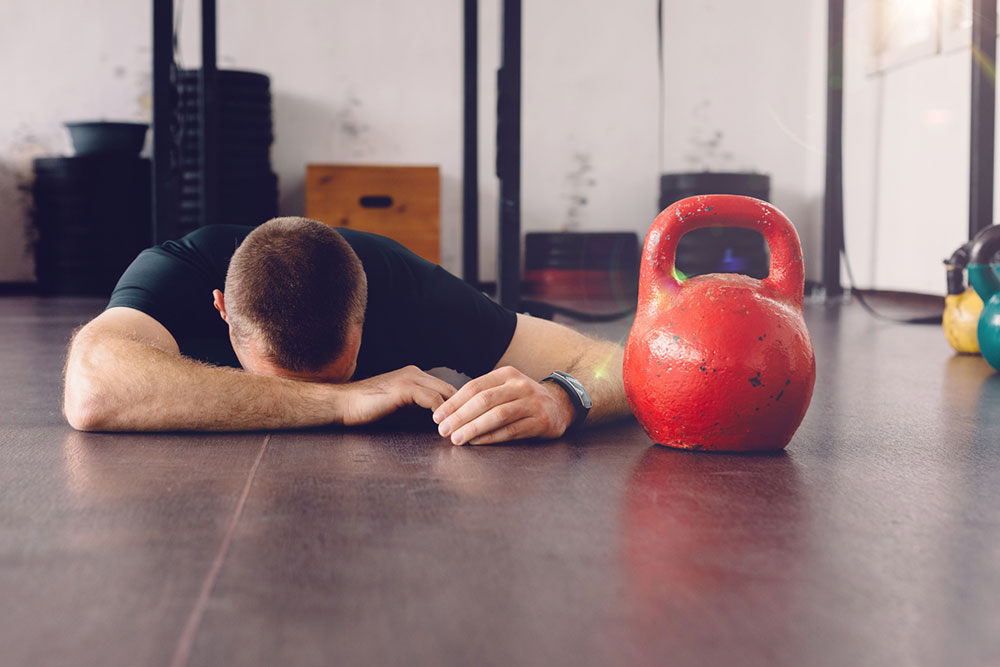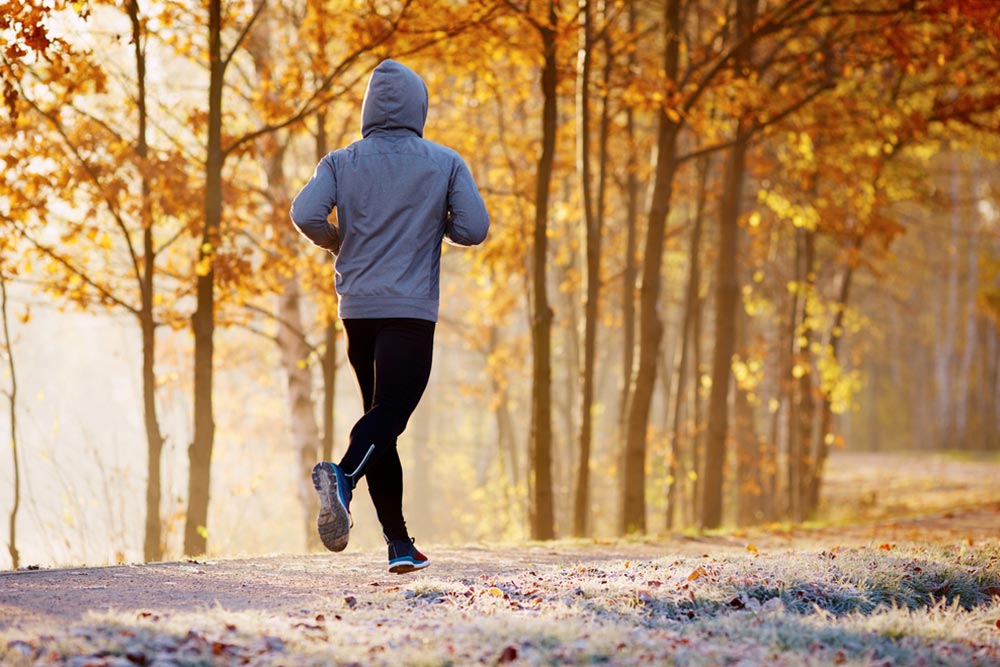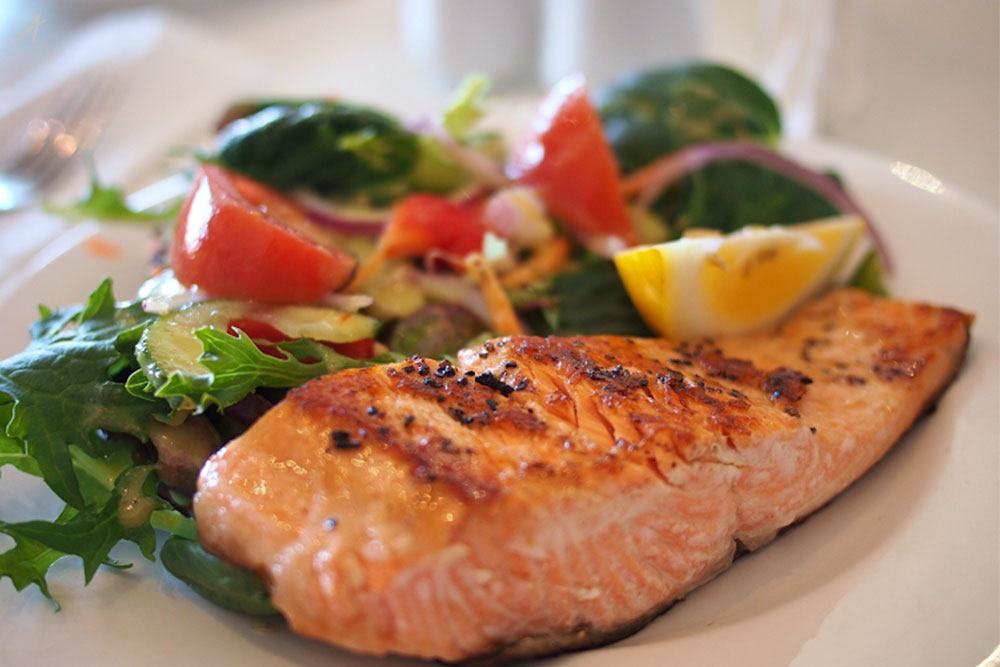Matcha Tea and Exercise Benefits
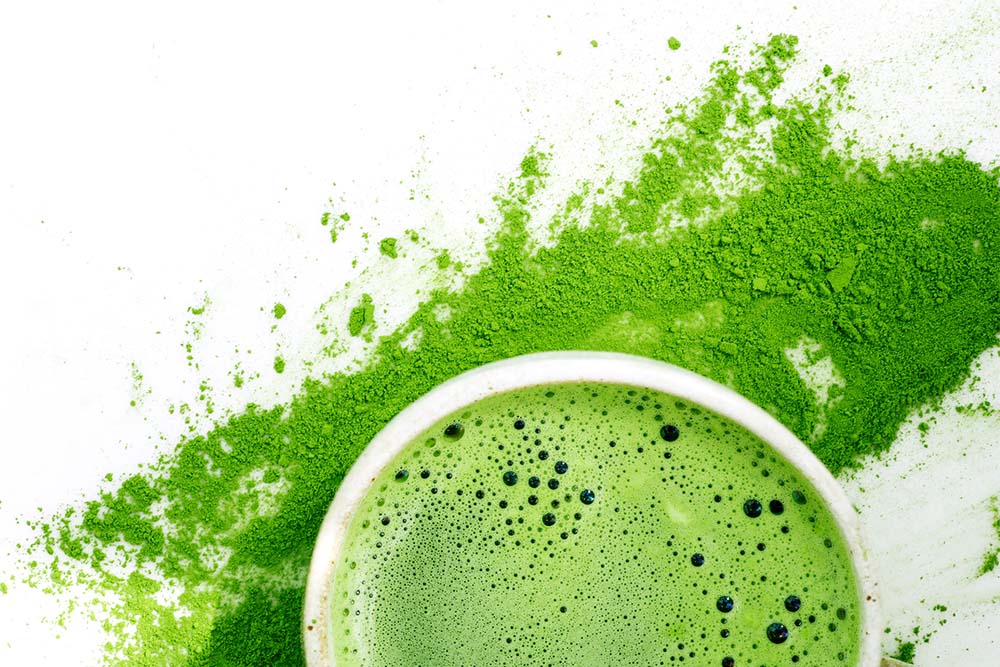
There are literally thousands of supplements said to improve health and athletic performance – but, more often than not, the most effective options are sitting right under our nose.
Which is why matcha tea is so interesting.
What is Matcha tea?
Matcha tea is a unique type of green tea which is made by taking young tea leaves and grinding them up into a bright green powder. This powder is then mixed with hot water, creating a delicious beverage.
Obviously, this is markedly different from regular green tea, where the leaves are infused in water, then removed.
Matcha tea vs green tea
It is important to note that matcha tea leaves are grown under slightly different circumstances than more traditional green tea leaves.
Tea farmers grow matcha by covering their tea plants about 30 days before harvest to limit their exposure to sunlight. This increases chlorophyll production, boosting the amino acid content of the plant, while also giving it a richer colouring.
However, while these differences do exist, both green tea and matcha tea have many of the same benefits.
What are the benefits?
Earlier on in the piece, I alluded to the fact that matcha tea might have some significant benefits when it comes to health and performance – and that is absolutely the case.
Matcha tea and energy
First and foremost, matcha tea has been shown to cause significant improvement in physical and mental energy (Dietz, 2017).
Like most teas, matcha tea contains caffeine, albeit in much higher doses. This alone can have a rather positive impact on energy.
Additionally, matcha tea also contains a compound known as l-theanine.
L-theanine is an amino acid that has been shown to improve focus, attention, and mental acuity. Importantly, it does so in such a way that mitigates the jittery effects associated with caffeine, making them the perfect combination.
With this in mind, supplementing with matcha tea has been shown to boost reaction time, energy, and focus – making it a great option.
Matcha tea and weight loss
If you take a quick look at any of the ‘fat burning’ supplements on the market, you are guaranteed to see some form of green tea extract in there – and there is a very good reason for this (Venables, 2008).
Not only does green tea increase energy expenditure (through its caffeine content), but it also contains potent antioxidants that increase fat metabolism – and like traditional green tea, matcha tea contains both of these compounds in abundance.
As a result, it is the perfect addition to any supplement regime when your goal is to lose weight.
Lifespan
And finally, we have the effects of matcha tea on longevity (Zhao, 2017).
Many of the compounds found within green tea leaves have been shown to help improve blood sugar management and enhance cardiovascular health. As a result, green tea consumption has been shown to protect against both heart disease and diabetes – as does matcha tea.
Within this, it has also been shown to protect against several different cancers.
Amazingly, this has also been shown to have an impact on life expectancy.
In short, those individuals who consume more green tea products are less likely to die young than those who don’t consume any green tea at all.
Which is a huge matcha tea positive if you ask me.
Related Article: Increase Strength, Increase Lifespan
Does matcha tea have any exercise benefits?
As I have already stated, many of the polyphenols found in green tea leaves have been shown to have a positive effect on fat metabolism. While this is most discussed for its implications for weight loss, it also has positive implications for performance.
When it comes to endurance exercise performance, fat is the most abundance energy source in the body.
To put it simply, by increasing fat metabolism, matcha tea makes it easier to break down fats for energy – increasing endurance performance in the process (Richards, 2010; Willems, 2017).
Additionally, as matcha tea also contains caffeine, it can have positive effects on strength and power performance in the gym and on the field (Grgic, 2019).
This means irrespective of you training goal, matcha tea is a great option.
Matcha Tea Vs. Coffee
It is important to highlight the fact that, while matcha does indeed contain caffeine, it does not contain as much as coffee.
As a result, if your goal is to strictly improve strength and power performance in the gym, coffee may be a better option – whereas matcha may be a better alternative if you are looking to perform more endurance based exercise.
Needless to say, if you are looking to work on both, you can always combine the two (match latte, anyone)?
Related Article: Coffee: Fitness Friend or Foe?
What is the healthiest way to enjoy your tea?
Now I want to outline how to make matcha tea in the healthiest way possible.
First and foremost, you want to make sure that you choose an organic matcha tea powder.
While most matcha tea growers are pretty good, this ensures that you will avoid those that use too many pesticides during production. It will also guarantee that they don’t add any sweeteners or additives.
Once you have your organic matcha powder sorted, its time to whip some delicious matcha tea.
You will need:
- ½ cup of hot water
- ½ cup dairy-free milk such as coconut or almond milk (optional)
- 1 teaspoon of organic matcha tea
- 1 teaspoon honey (optional)
Simply spoon the matcha powder into a cup, add the hot water and whisk rapidly.
Then, if you feel like having it a little creamy, add in some milk, and keep whisking until a little bit of foam sits on top.
Finally, sweeten if desired, and enjoy one of the healthiest beverages on the planet.
Tips on adding Matcha tea into your lifestyle
I want to highlight the fact that most of the benefits obtained from matcha tea come from drinking 3-4 cups per day – however, I also appreciate that this can be a lot of tea to drink on a daily basis.
With this in mind, I would recommend the following:
- Drink 1-2 cups of matcha tea per day: very simply, aim to have a cup of matcha tea with breakfast and lunch daily
- Use matcha in cooking: matcha is a common ingredient in a number of desserts and breakfast foods. So why not try it with some cooking
- Try matcha ice tea: and finally, you can easily make up a nice matcha ice tea to take around with your during the day. This can take place of your more traditional drink bottle.
And there you have it – some very easy ways to get more matcha into your day.
Take Home Message
Like green tea, matcha tea contains a number of potent compounds that can have a positive effect on health, longevity, and performance.
Moreover (in my opinion anyway), it is a much tastier option.
So give the recipe outlined in this article a go and make sure to get back to us – we always love hearing from you.
References
Dietz, Christina, Matthijs Dekker, and Betina Piqueras-Fiszman. “An intervention study on the effect of matcha tea, in drink and snack bar formats, on mood and cognitive performance.” Food research international 99 (2017): 72-83.
Venables, Michelle C., et al. “Green tea extract ingestion, fat oxidation, and glucose tolerance in healthy humans.” The American journal of clinical nutrition 87.3 (2008): 778-784.
Zhao, Long-Gang, et al. “Green tea consumption and cause-specific mortality: Results from two prospective cohort studies in China.” Journal of epidemiology 27.1 (2017): 36-41.
Richards, Jennifer C., et al. “Epigallocatechin-3-gallate increases maximal oxygen uptake in adult humans.” Medicine and science in sports and exercise 42.4 (2010): 739.
Willems, Mark Elisabeth Theodorus, Mehmet Akif Şahin, and Matthew David Cook. “Matcha green tea drinks enhance fat oxidation during brisk walking in females.” International journal of sport nutrition and exercise metabolism 28.5 (2018): 536-541.
Grgic, Jozo, et al. “The influence of caffeine supplementation on resistance exercise: A review.” Sports Medicine 49.1 (2019): 17-30.
You Might Like:

